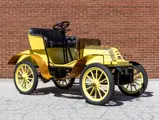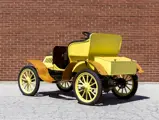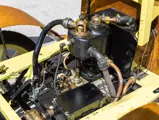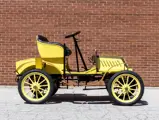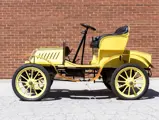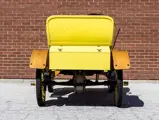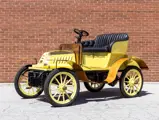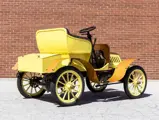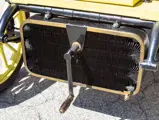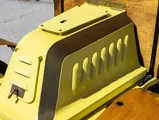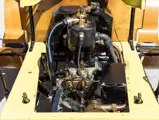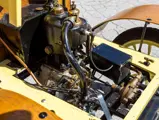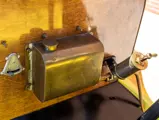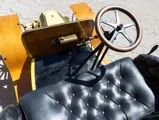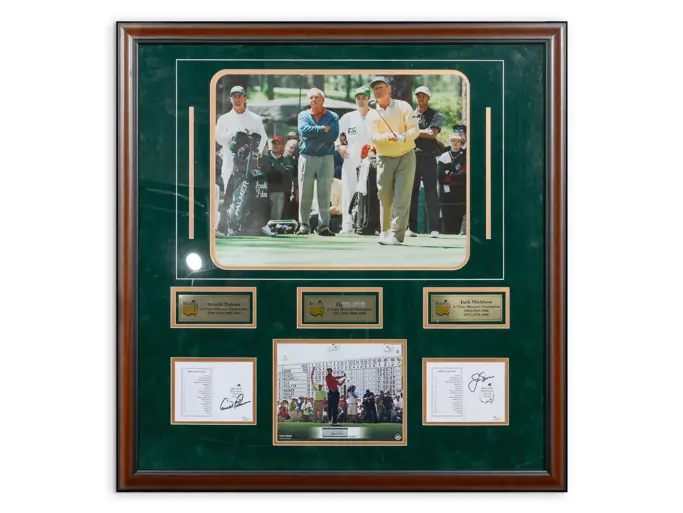Hershey 2022
1903 De Dion-Bouton
{{lr.item.text}}
$46,750 USD | Sold
 | Hershey, Pennsylvania
| Hershey, Pennsylvania
{{internetCurrentBid}}
{{internetTimeLeft}}

- Ultra-rare, early example from the turn of the century’s largest automobile manufacturer
- Powered by a 402-cc single-cylinder engine
- Presented in charming pale yellow with wood fenders over black tufted upholstery
- Riding on yellow 12-spoke, center-lock wood wheels with black-wall tires
Marquis Jules Félix Philippe Albert de Dion de Wandonne was a flamboyant French playboy of the late 19th century. While most of his contemporaries lived carefree lives of leisure, de Dion was known as a “notorious duelist” with passions from politics to horse racing. It is said he once spent two weeks in jail for striking French Prime Minister Émile Loubet over a disagreement regarding a horse race.
He also had a passion for mechanics, particularly steam-powered engines, and was known to spend vast sums of his wealth designing and building them. In 1881, he saw a model steam engine in the window of a toy store in Léon, France. After inquiring about having one built for himself, de Dion learned the shop’s owner, Georges Bouton, had long desired to build a steam-powered car but lacked the necessary funds. The pair would go on to form the De Dion-Bouton company.
After several misses, they built the “La Marquise,” a quadricycle with a steam engine driving the rear wheels, steering via the front wheels, and capable of carrying four people at speeds up to 37 mph. Debuting in 1884, it predates by one year the Benz Patent-Motorwagen. By 1900, De Dion-Bouton had grown into the world’s largest automobile manufacturer, producing hundreds of cars and thousands of engines. Sensing the changing times, de Dion began a line of cars and tricycles powered by a 402-cc single-cylinder engine mated to a two-speed gearbox. One such car is offered here.
The recipient of an older restoration, this example is finished in the wonderful period colors of pale yellow with black tufted upholstery. Its yellow 12-spoke wood wheels are wrapped in black-wall tires. Woodgrain fenders flank both sides of a matching woodgrain dash panel. The car also wears the distinctive sloped front-hood styling popularized by de Dion’s contemporary Louis Renault.
At nearly 120 years old, this striking early automobile offers its next curator the chance to experience turn-of-the-century motoring at its finest.

